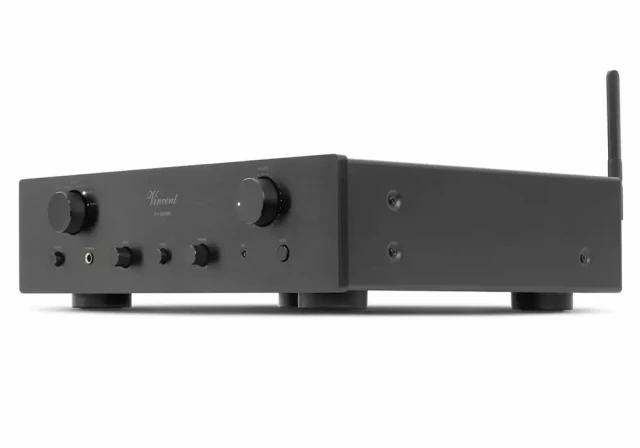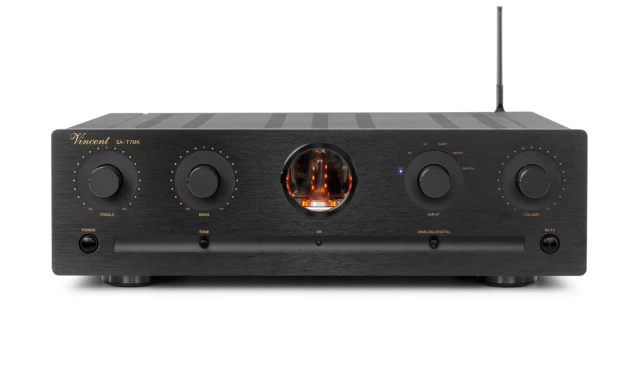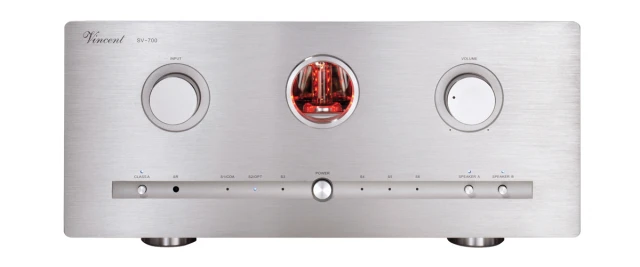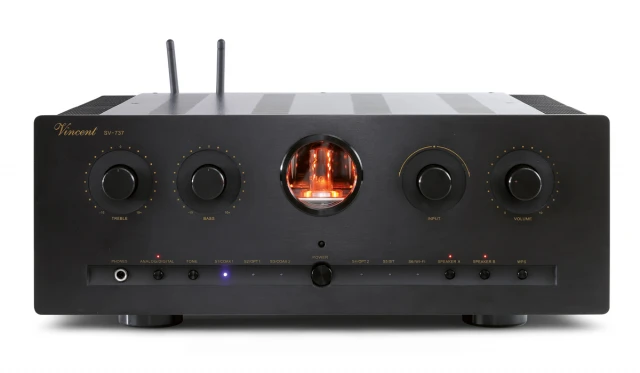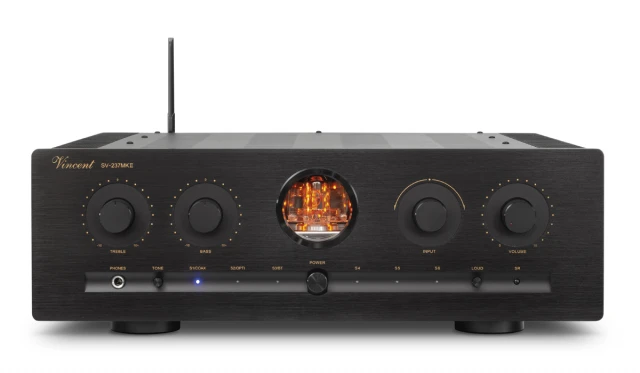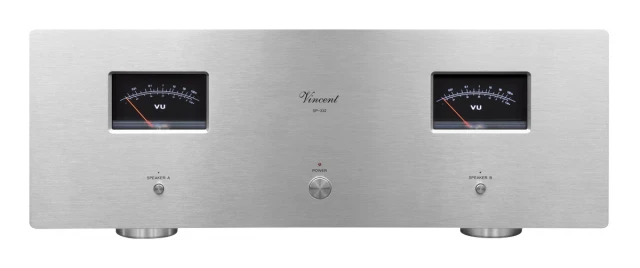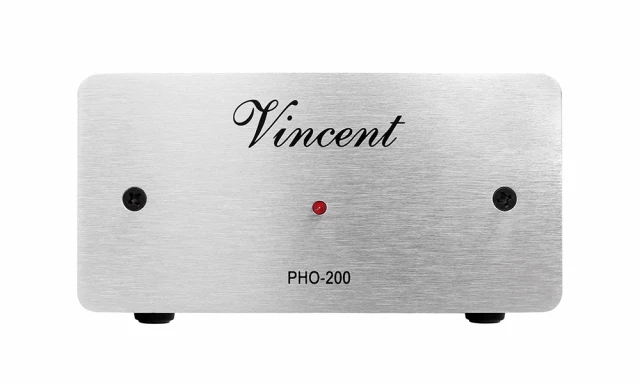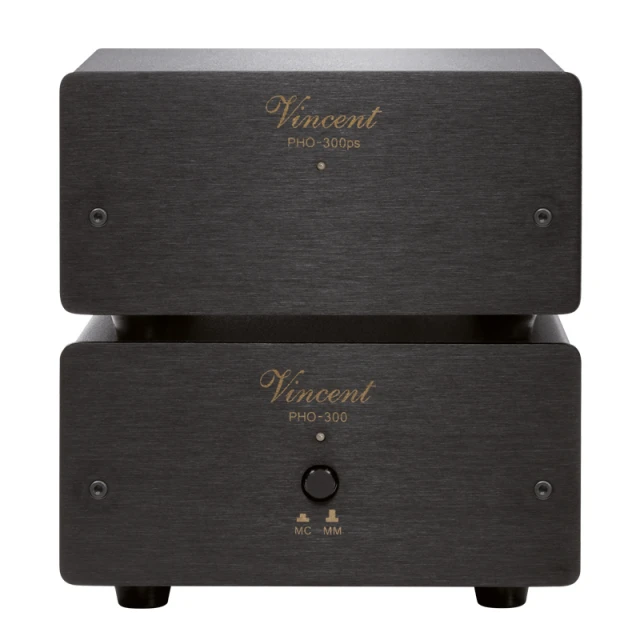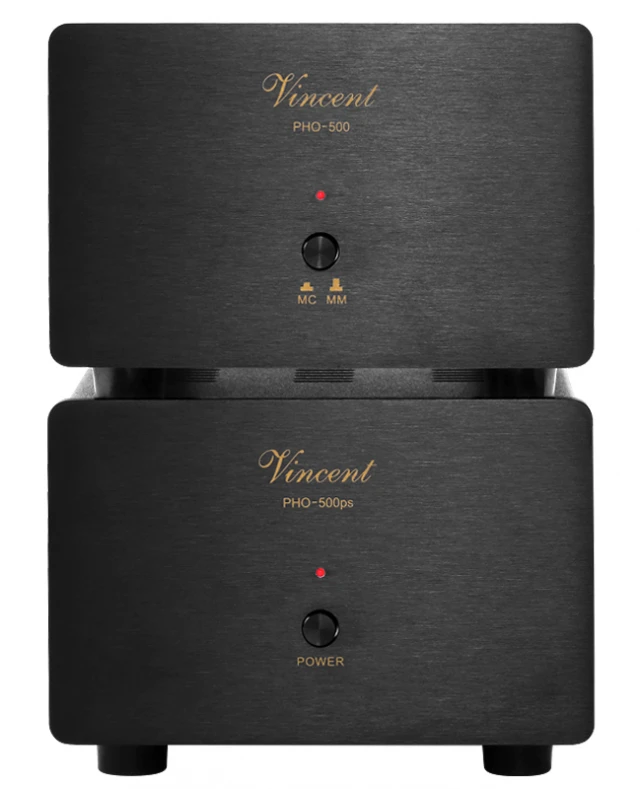
Vincent
Website:https://www.vincent-tac.de/
Est. year: 1995
Vincent is a German brand for the production of Hi-Fi electronics. The company was founded in 1995 as one of the trademarks of Sintron Distribution GmbH Corporation (Iffenheim, Germany).
- All
- Integrated amplifiers
- Preamplifiers
- Power amplifiers mono
- CD / SACD players and transports
- DACs
- Phonostages
- Headphones amplifiers
- Power amplifiers stereo


